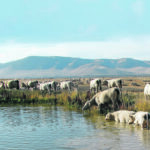Water is cattle’s most important nutrient, but quality can be inconsistent during exceptionally dry years
When water sources dry up and cattle are wading into the mud of a dugout, it can be unhealthy for both cattle and the water source. Even if cattle are not allowed into the pond or dugout, a diminishing water supply may contain concentrated salts and toxic substances that could put cattle health at risk. […] Read moreLivestock Management — page 187
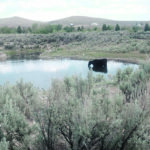
Innovation required when the tap runs dry
Some prairie producers use portable water systems such as troughs on wheels, while others use solar-powered pumps
Some farmers and ranchers are forced to find innovative ways to supply their cattle with good water during drought. Regions that rely on dugouts can become short of water if snow melt or rainfall is lacking. If cattle are allowed access to depleted ponds or dugouts, they may damage them or pollute what little bit […] Read more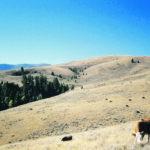
Dry conditions often main factor in hoof cracks in cattle
Hoof cracks are common in beef cattle, sometimes due to environmental factors or genetics because some cattle have stronger hoof horns than others. Wet conditions can make hoofs soft and vulnerable to injury, and dry conditions can make the hoof wall more brittle and susceptible to cracking. Dr. Michael Jelinski, a partner with Veterinary Agri-Health […] Read more
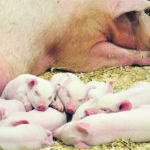
Weaning piglets at older age may pay off in longer term
In these times of extremely high input costs (feed contributes approximately 70 percent of the cost of production), pig farms continue to push for production and health improvements. Many times, we need only look at management strategies to achieve significant production and health improvements that will have a significant positive financial impact on the farm. […] Read more
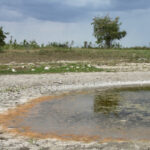
Poor water quality linked to sulfate levels
This summer, testing water might become a necessity for livestock producers. Hundreds of dugouts across the eastern Prairies are half-full of water, or nearly empty, because of minimal snowfall this winter. When dugouts and other water sources are low, water quality usually drops. “If they (producers) are looking at lower levels… that can sneak up […] Read more
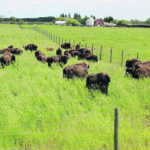
First generation rancher thrives raising bison
Doing custom work for a bison producer was all it took to convince this grain farmer from Manitoba to switch career paths 25 years ago
Jamie Moran started his agricultural career in grain farming, but it didn’t last. Not after he did custom work for a bison rancher and found his calling. “There was just something about them,” he said. “I watched this other guy for 10 years. I custom worked with them for years and years and I just […] Read more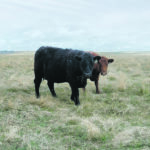
Careful management helps in drought
This spring has been very dry in much of the western United States and Canada, and if dry conditions continue, there will be management issues cattle producers must address. Jim Bauer, a rancher near Acme, Alta., has been involved with forage associations and grazing management for years. In 1984, he helped start the Grey Wooded […] Read more
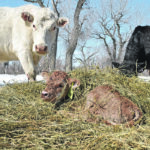
Age of onset provides clue to cause of diarrhea in calves
Calf scours, or calf diarrhea, continues to be one of the significant causes of calf mortality in beef cattle herds. Dr. Jennifer Pearson from the University of Calgary published data from the Western Canadian Cow-Calf Surveillance Network that documented an overall pre-weaning calf mortality level of 4.5 percent and a pre-weaning treatment rate for all […] Read more
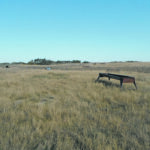
Dry pastures may need supplemental protein
Supplement options include cereal grains and alfalfa pellets; dried distillers grain is considered one of the best choices
In a dry year, various strategies can be helpful, such as supplementing dry pastures. Bart Lardner of the University of Saskatchewan says producers can provide a supplement if mature dry grass is not providing adequate protein. “Look at the various protein sources in your area that might work; it might be a cereal grain (barley, […] Read more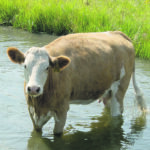
Producers can beat the heat on the range
There is not much that can be done to cool the weather, but cattle can be managed in the summer to prevent heat stress
During a hot summer, cattle need adequate water and shade. The shade can be from trees or brush, or manmade. “Don’t clear off every acre for crops; leave a few trees for winter windbreaks and summer shade,” says Bart Lardner of the University of Saskatchewan. “Feedlots often put up overhead shade structures. In a pasture, […] Read more
